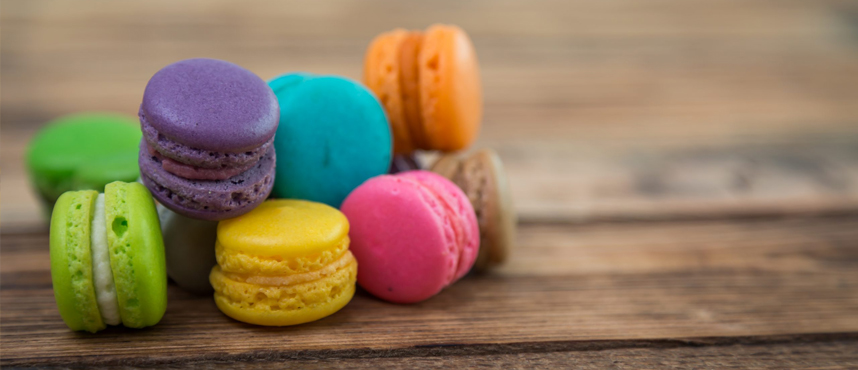Colour psychology has always remained an important factor in food marketing. When you pass by a bakery, what attracts your attention is the vibrant colour coordination and diverse hues of cakes, cookies and doughnuts.
In addition to the visual appeal, consumers place great importance on the safety standards of the food colours and pigments employed. That is where the significance of using trusted brands emerges. Neelikon Food Dyes and Chemicals Ltd, founded in 1983, is the most credible manufacturer of food colours, lakes and dyes. Our products meet the standard regulations of federal food agencies like USFDA and FSSAI.
Classification of food colours
Based on solubility:
- Dyes – These are water-soluble colours, but insoluble in oil. They are manufactured in granular, powdered or liquid forms.
- Lakes – These are pigments derived by dispersion. A water-soluble dye is precipitated with a metallic salt to obtain water-insoluble lakes.
- Pigments – A pigment is an insoluble substance that exhibits colour on being dispersed. These substances do not dissolve in any solvent and impart their colour to coating materials.
Based on origin
- Natural food colours – Extracted from natural sources like Flowers, Fruits, Vegetables, Seeds, Plant, roots etc.
- Synthetic food colours – Chemically synthesised in laboratories.
How much food colouring is required?
Add one drop of food colour at a time, and then proceed as necessary. Always remember that the colour of the batter is a great indicator of what the final product will look like. The end product will not be a shade lighter or darker than the batter. So, choose the intensity of food colouring at the mixing stage itself. Since food colours are used in negligible quantities, they don’t affect the consistency of the batter.
When should you add the food colours?
The best time to add the food colours to your batter is the stage where you combine dry and wet ingredients. This allows you some more time to put in extra food colour (if required) without over-mixing the batter. Over-mixing ruins the spongy texture and causes the baked product to become dense.
Suitable food colours for bakery products and ways to use them
Neelikon uses indigenous technology in manufacturing food colours, lakes and dyes. These are suitable for colouring bakery products as well as confectionery items, desserts, flavouring agents and beverages.
Natural Food Colours
Product Name:
Neelinatural – Naturally sourced food colours like turmeric, annatto seeds, paprika, chlorophyll and lycopene. Go through the complete range at https://neelikon.com/natural-food-colours.php.
Applications:
Used in the colouring of cakes, biscuits, brown bread, chocolates, cookies, doughnuts, dry-mixes for puddings, bakery fillings and toppings.
How to use:
Add drop-wise to the batter with constant stirring, till you get the perfect hue. Remember that natural food colours should not be used on hot substrates. Also, be careful with the quantity, so that your baked product doesn’t end up tasting like a derivative. This is your best option when it comes to baking vegan, allergen-free and gluten-free products.
Synthetic Food Colours
Product Names:
- Neelicol – Water-soluble colours or dyes in powdered form and custom-made blends.
- Neeligran – Water-soluble colours in dust-free, granular form.
- Neelilakes – A range of aluminium lakes produced by adsorption of water-soluble colours on hydrated aluminium substrates.
Check out the product range at https://neelikon.com/synthetic-food-colours.php.
Applications:
Used in the colouring of cakes, cookies, muffins, cupcakes, pastries, dry mixes, jellied candies, wafers and fillings.
How to use:
- Dry forms of powdered food colour can be brushed onto baked cookies, fondants and chocolates.
- Gel forms of liquid dye are poured with a dropper. It is best for colouring candies and icing sugar.
- Granular food colours are cleaner and easier to use. Shake well and apply over the moistened surface. These are employed in colouring bakery products requiring a textured appearance.
- Lakes are used to colour bakery products having lower liquid content, like cake and doughnut mixes, hard candies and chewing gums.
Conclusion
Neelikon has an experience of more than 35 years of manufacturing high-quality dyes, lakes and pigments used in the bakery industry. It is among the top three producers in the world of food colours.
For more information regarding our products, write to us at info@neelikon.com.


